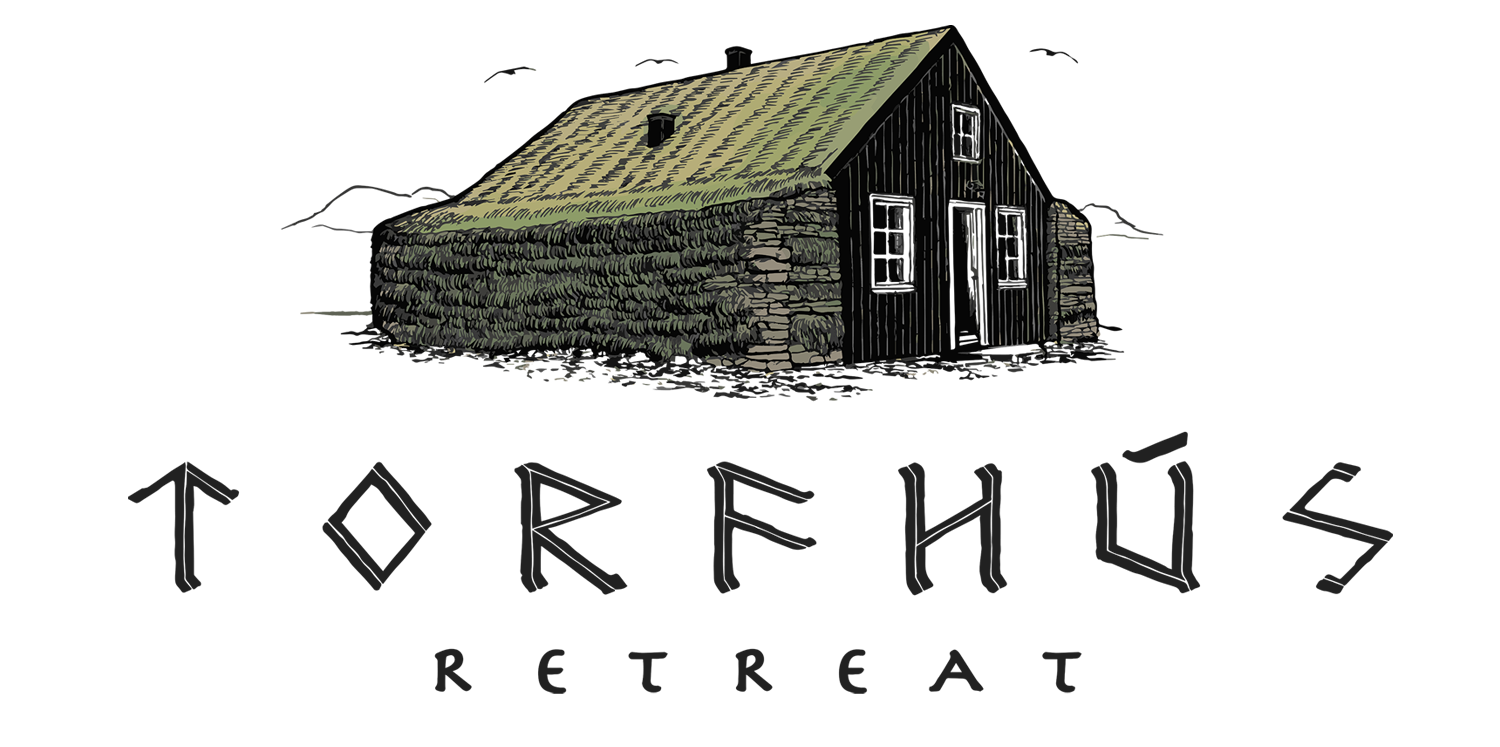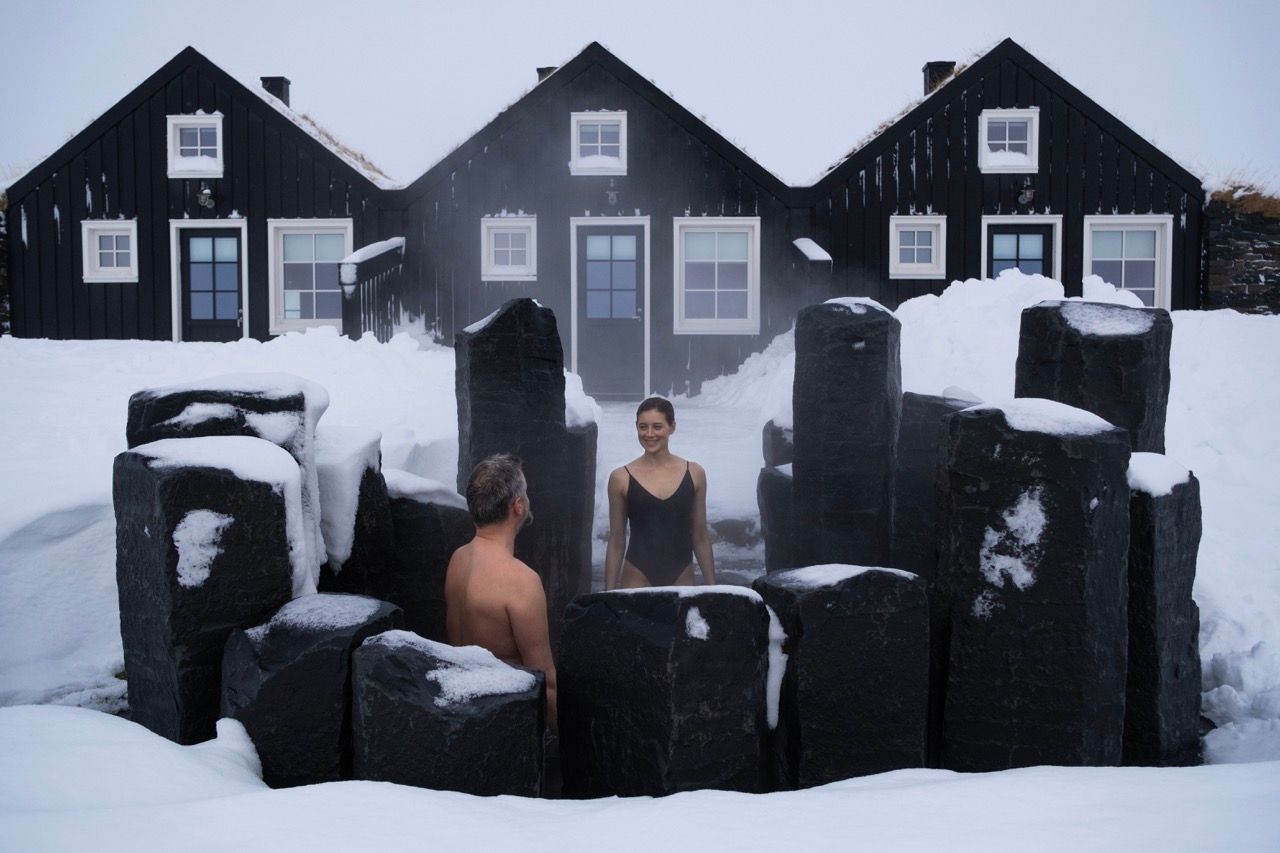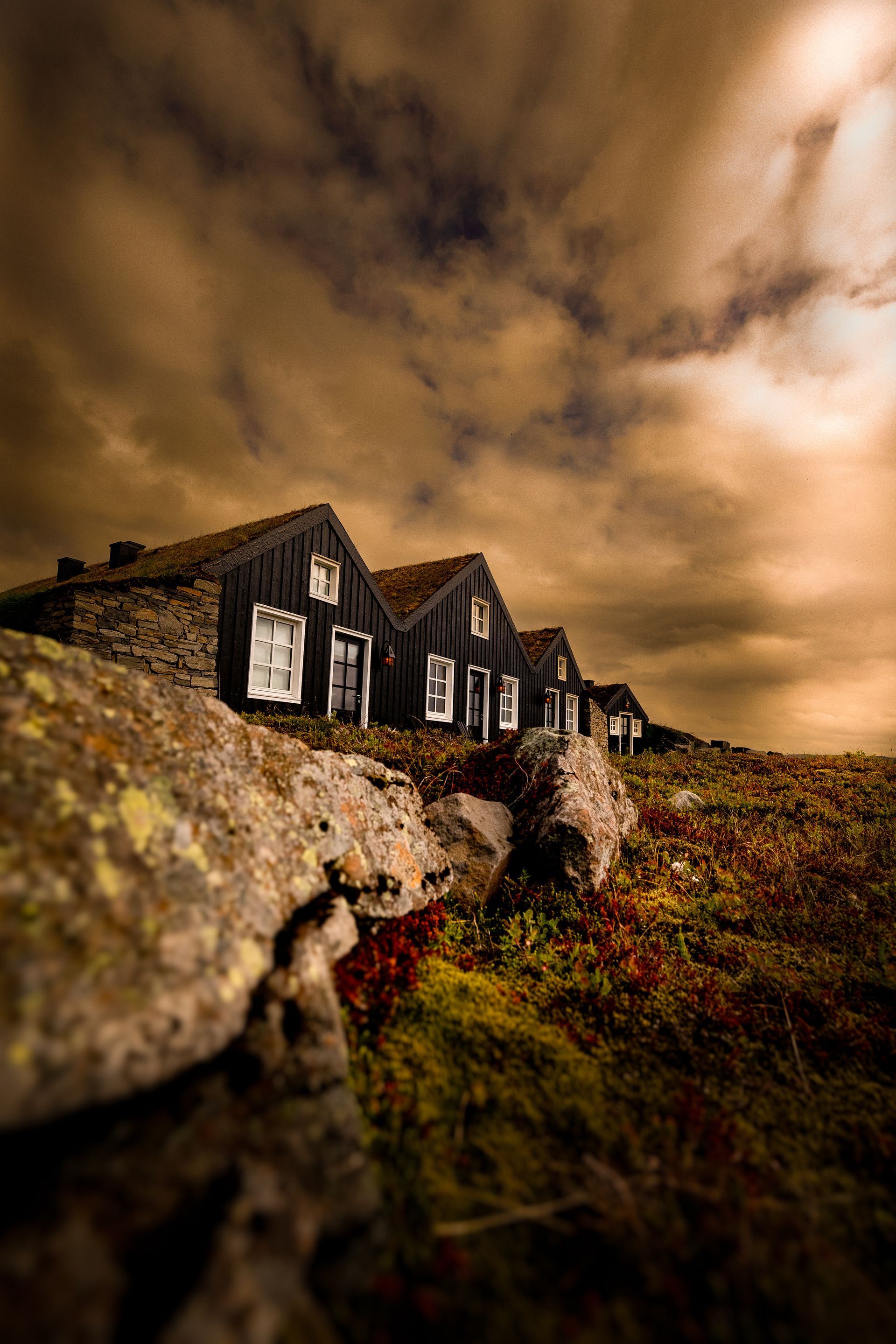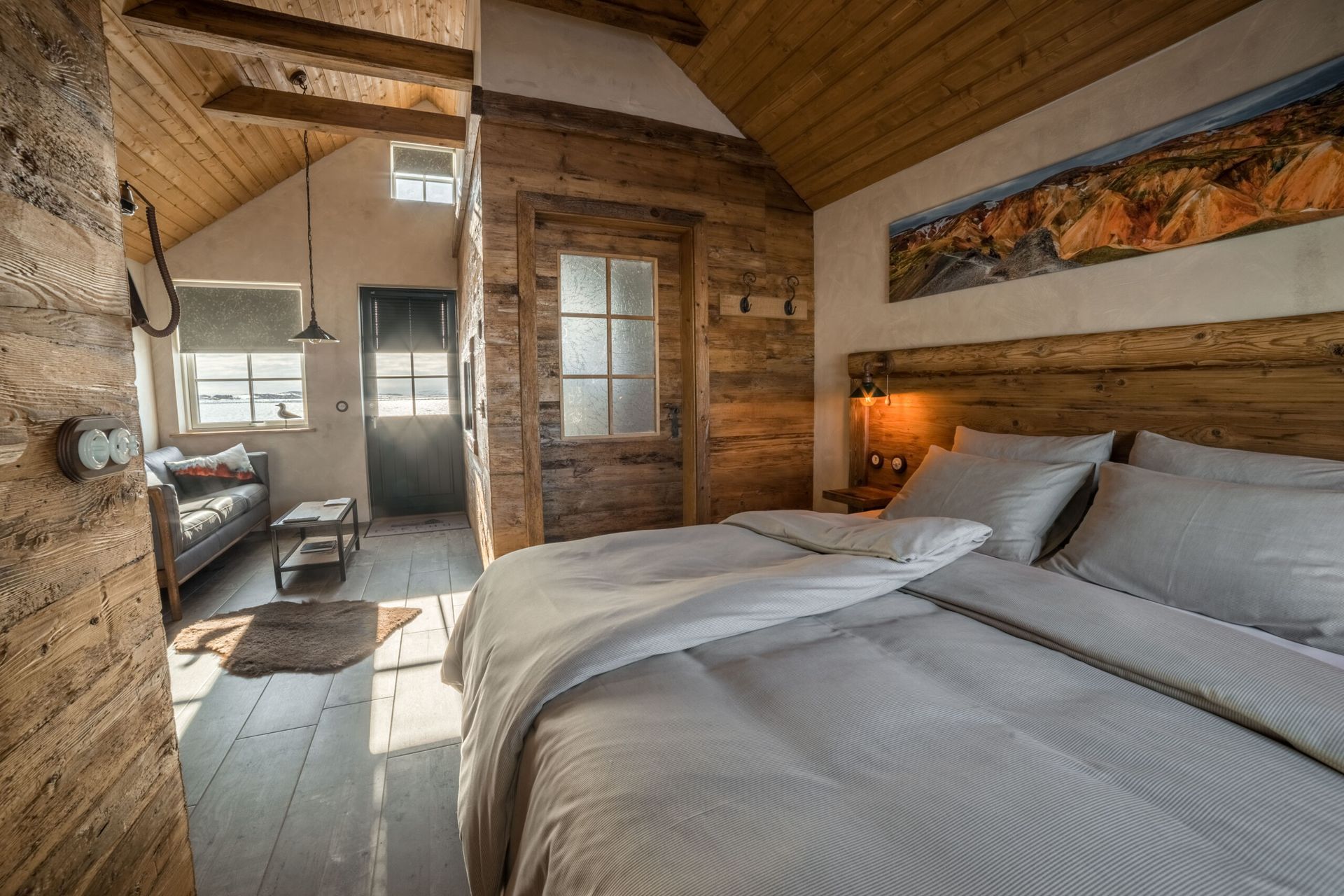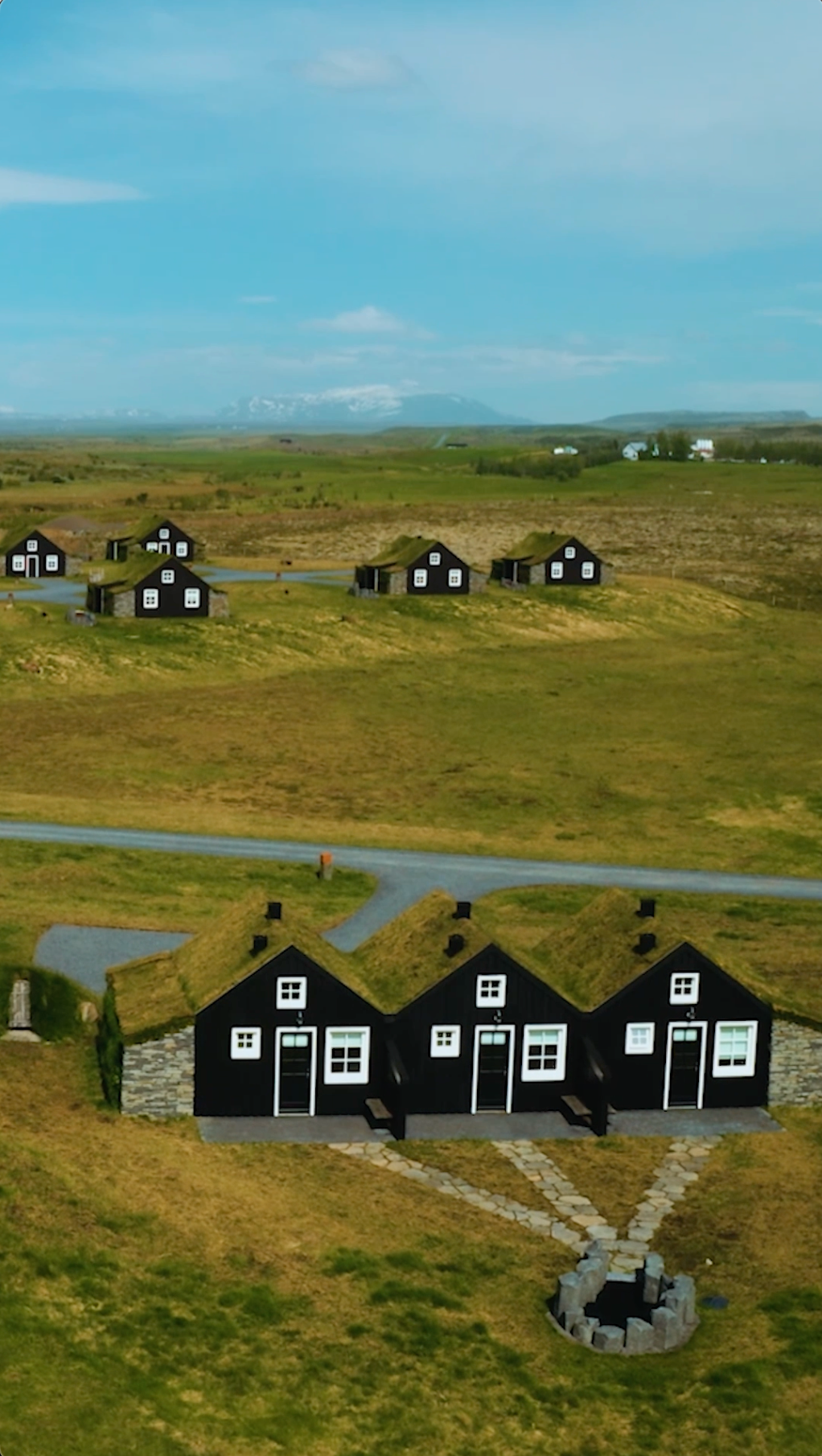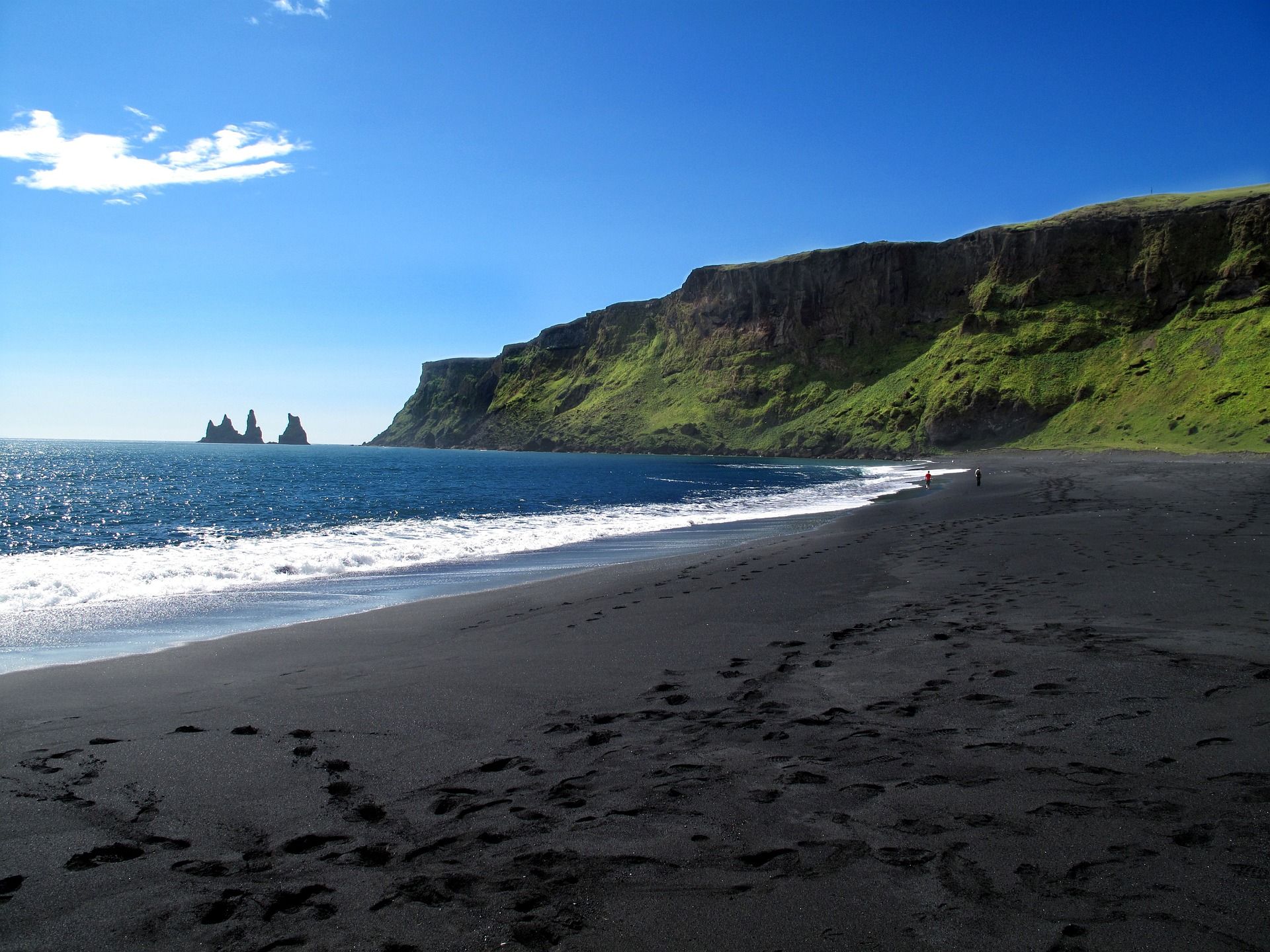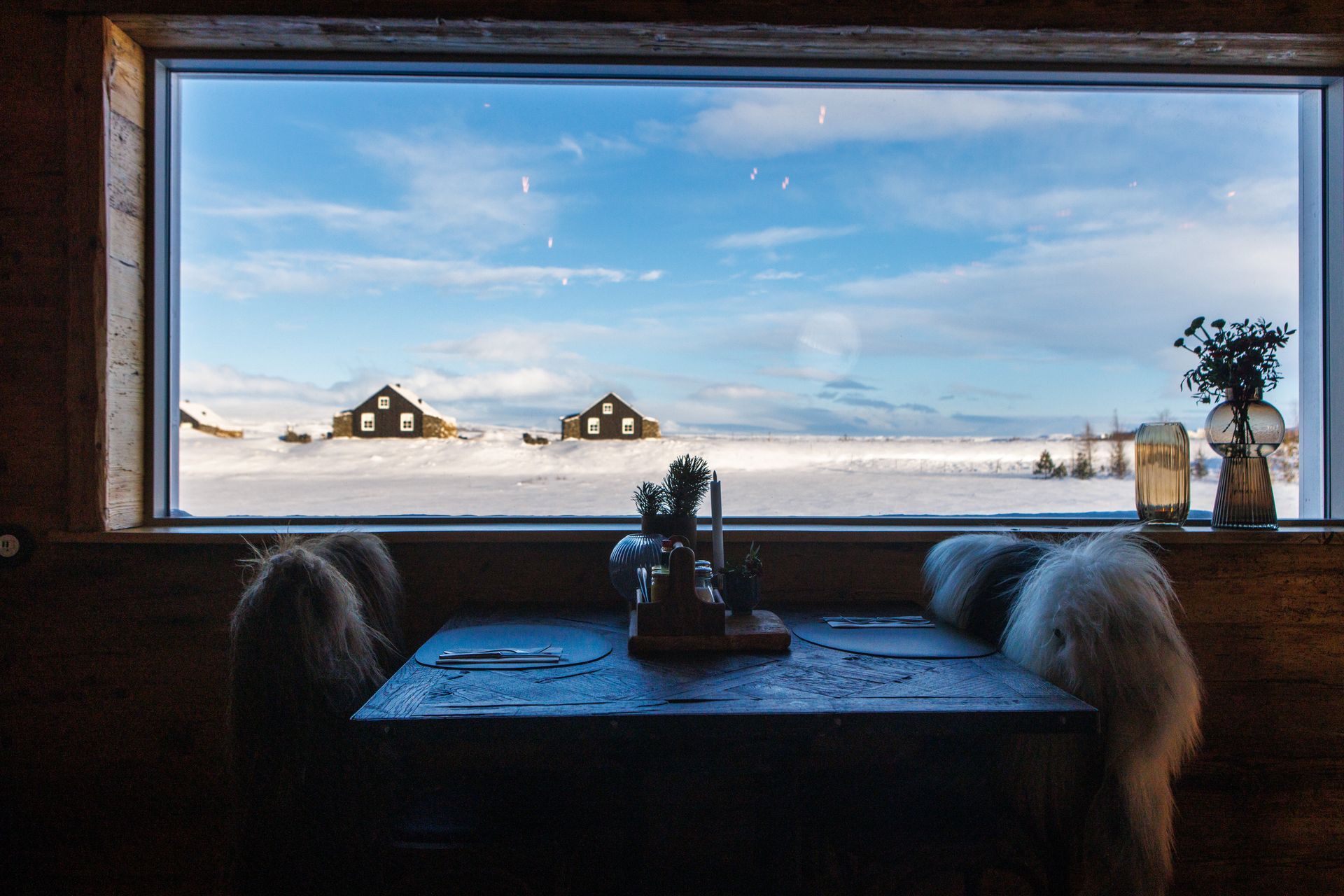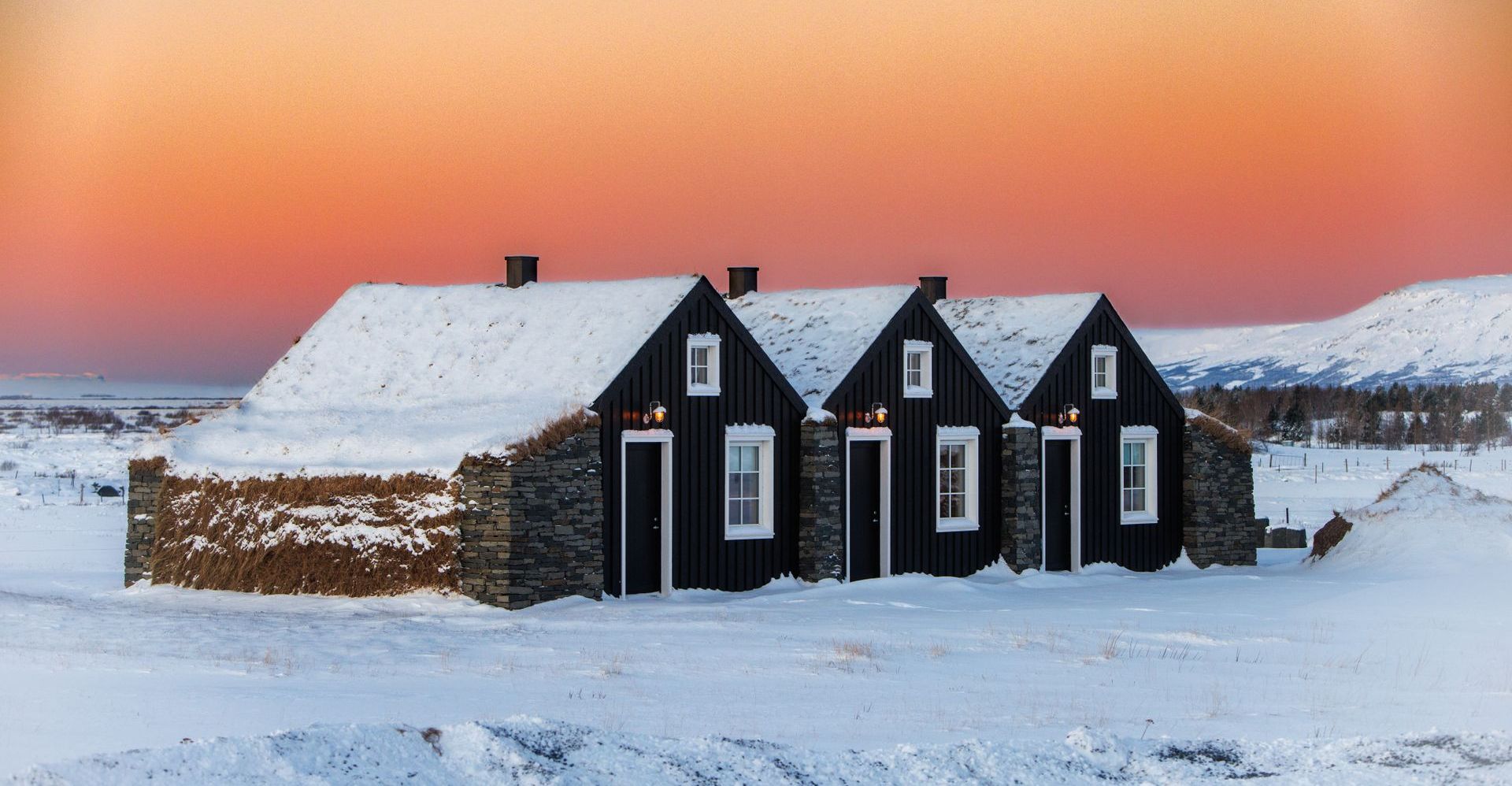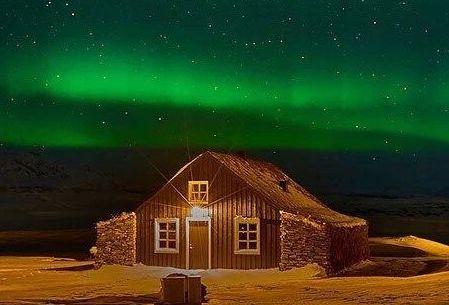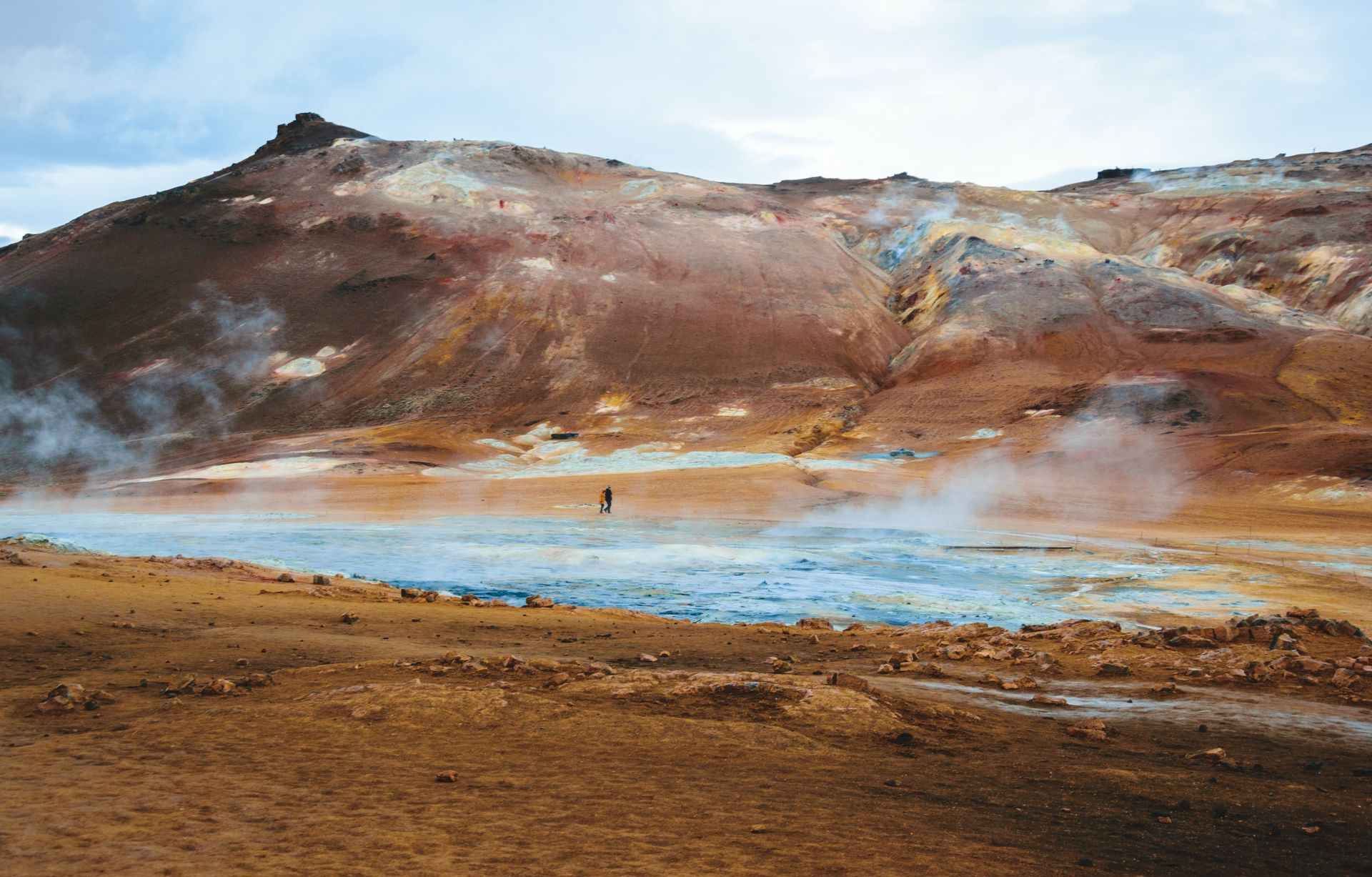The Enchanting History of Turf Houses in Iceland
The Origins: A Viking Legacy
The story of turf houses begins with the arrival of the Vikings in Iceland around the 9th century. The island’s harsh climate and limited resources posed a significant challenge. Timber was scarce, and the Vikings, known for their resourcefulness, turned to the land itself for shelter. Thus, the turf house, or 'torfbæir' in Icelandic, was born.

Cultural and Social Hub
Beyond their practicality, turf houses were the epicenters of Icelandic culture and life. They were typically communal dwellings, housing multiple generations under one mossy roof. The largest room was the 'baðstofa', a multi-purpose space where people slept, worked, and socialized. Here, stories were passed down, weaving the rich tapestry of Icelandic folklore and sagas.
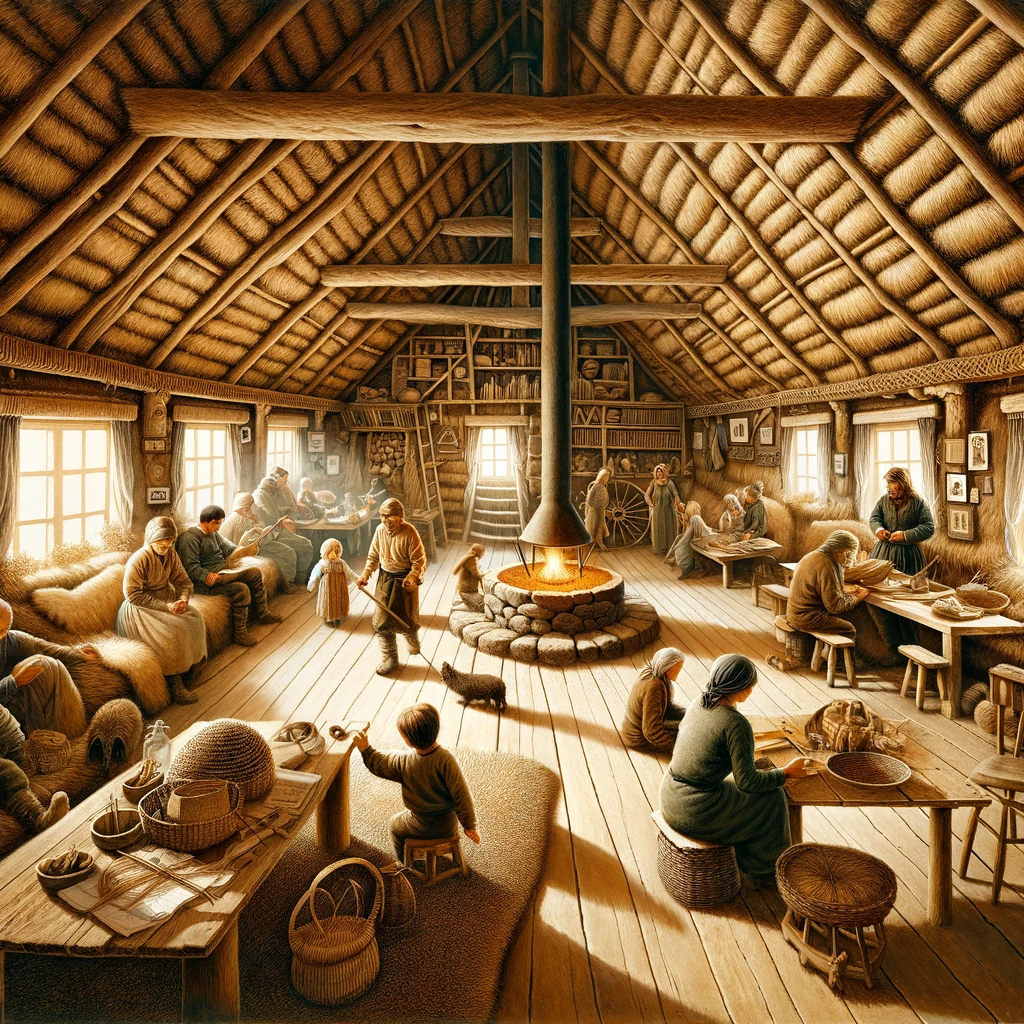
Evolution and Decline
As centuries passed, the design of turf houses evolved to meet changing needs and influences. The introduction of more advanced building materials and techniques saw a gradual shift away from turf. By the early 20th century, the once-prevalent turf houses began to vanish, replaced by modern buildings.
Preserving the Legacy
Turf houses in modern times are rare yet treasured symbols of Iceland's resilient history. Historical sites like Skógar Museum and Glaumbær Farm are not only preservations of a bygone era but also living testaments to the ingenious adaptation and environmental harmony of Iceland's ancestors. These preserved structures, some dating back to the 18th century, offer more than just a glimpse into the past. Museums like Árbæjarsafn in Reykjavík allow visitors to immerse themselves in the rich history, showcasing the lifestyles and enduring spirit of those who once dwelled within these earthen walls. Through these sites, the legacy of turf houses continues to echo across generations, embodying both a connection to the land and a tribute to the ingenuity of the past.
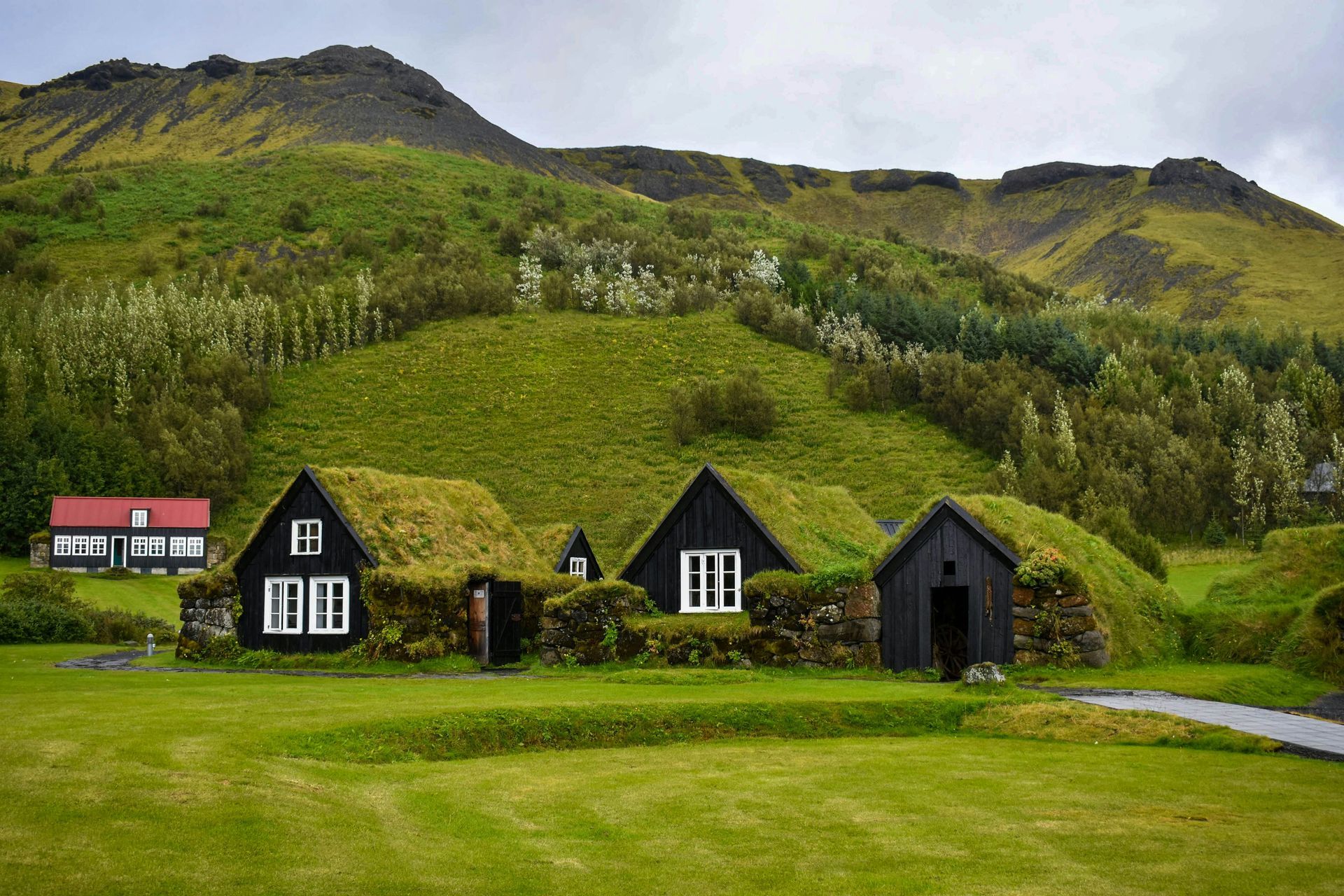
Skógar Museum
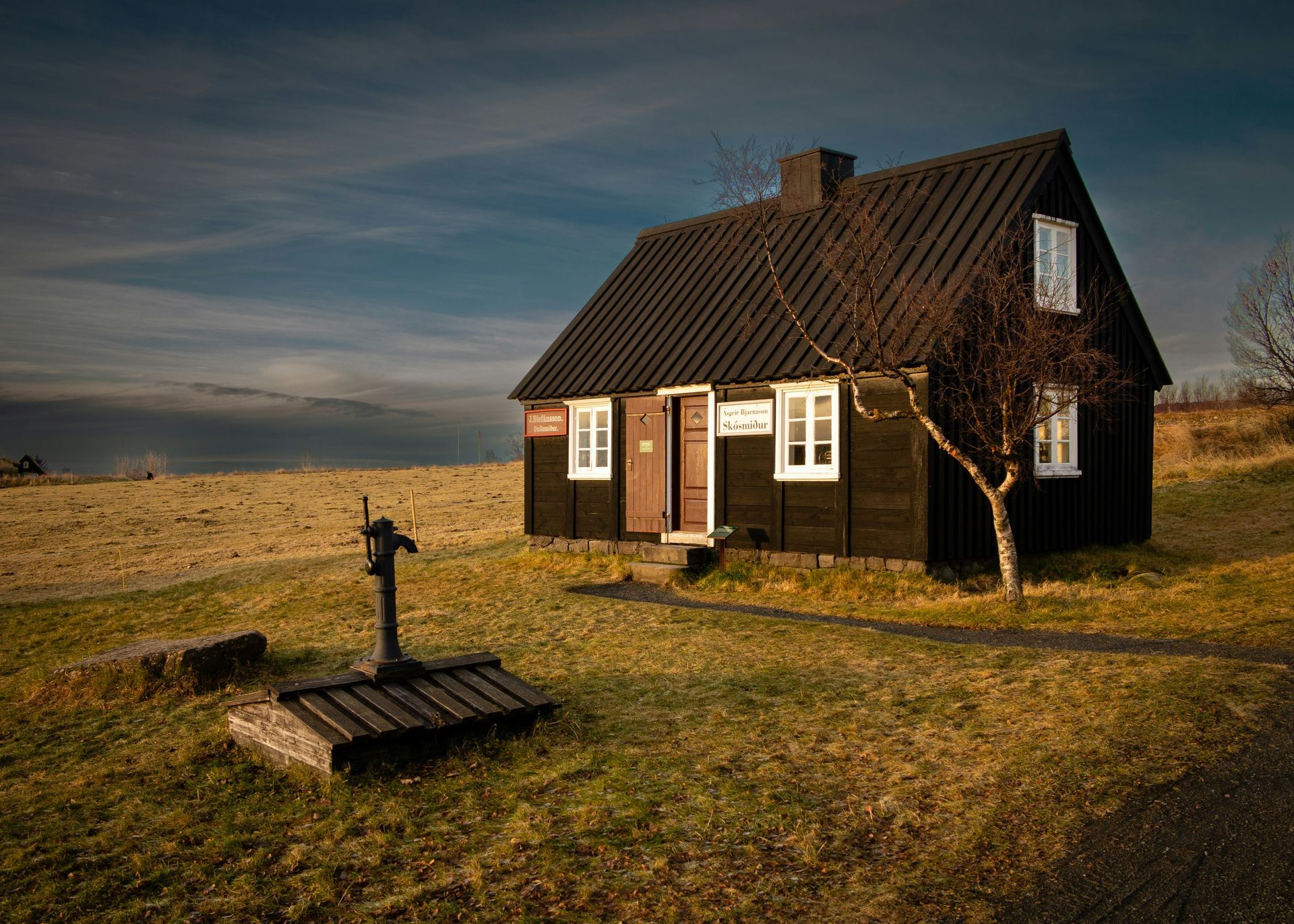
Árbæjarsafn
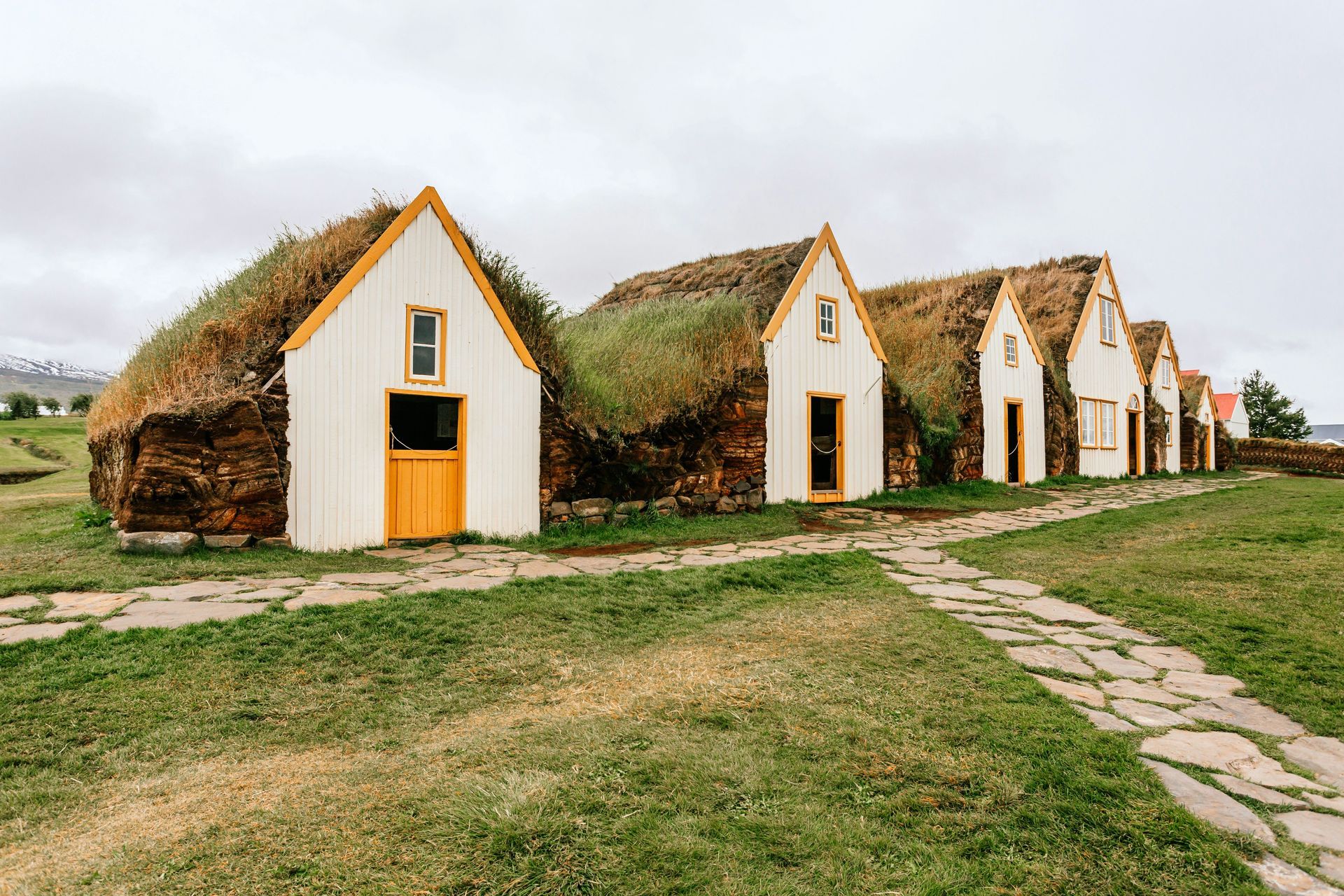
Glaumbær Farm
Modern Revival of Turf Houses: Blending Tradition with Contemporary Design
In recent years, there has been a resurgence of interest in turf house construction, leading to modern turf houses that blend traditional methods with contemporary design. These new structures often incorporate modern building technologies and materials while adhering to the principles of sustainability and environmental harmony that characterized their historical counterparts. This revival not only preserves a vital part of Iceland's architectural heritage but also underscores the relevance of traditional building methods in addressing modern-day environmental concerns.
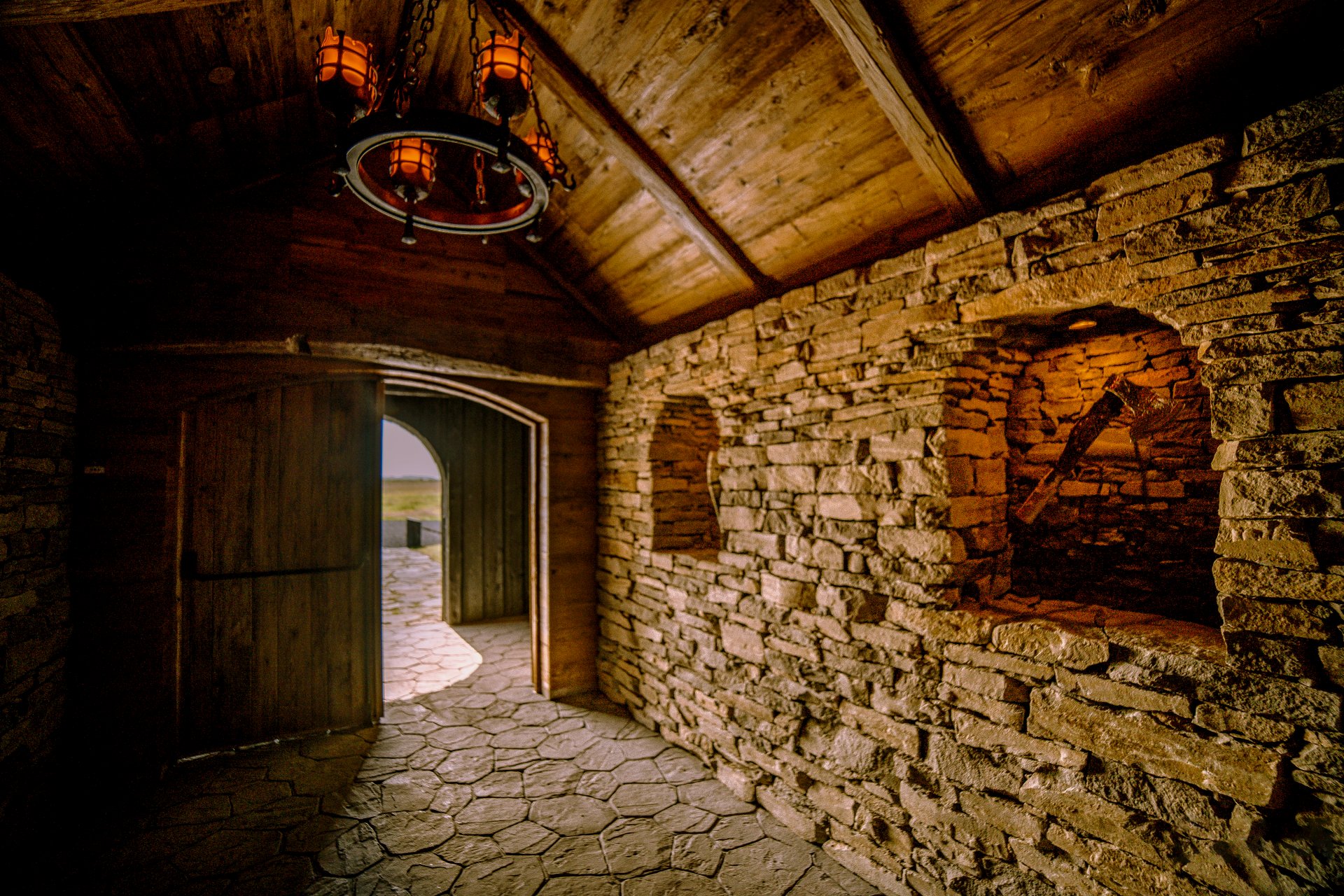
Interior of Torfhús Retreat
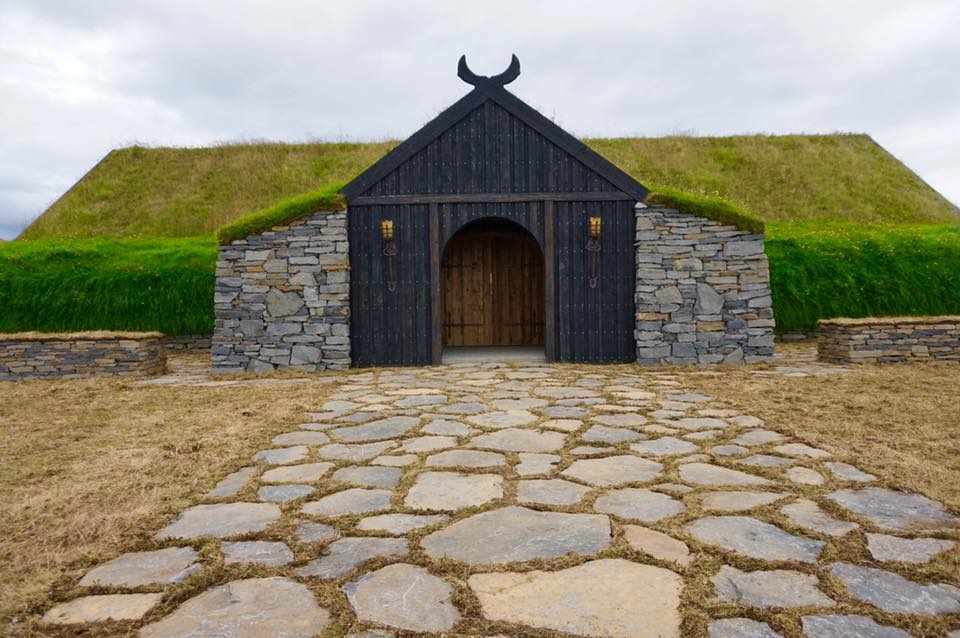
Exterior of Torfhús Retreat
